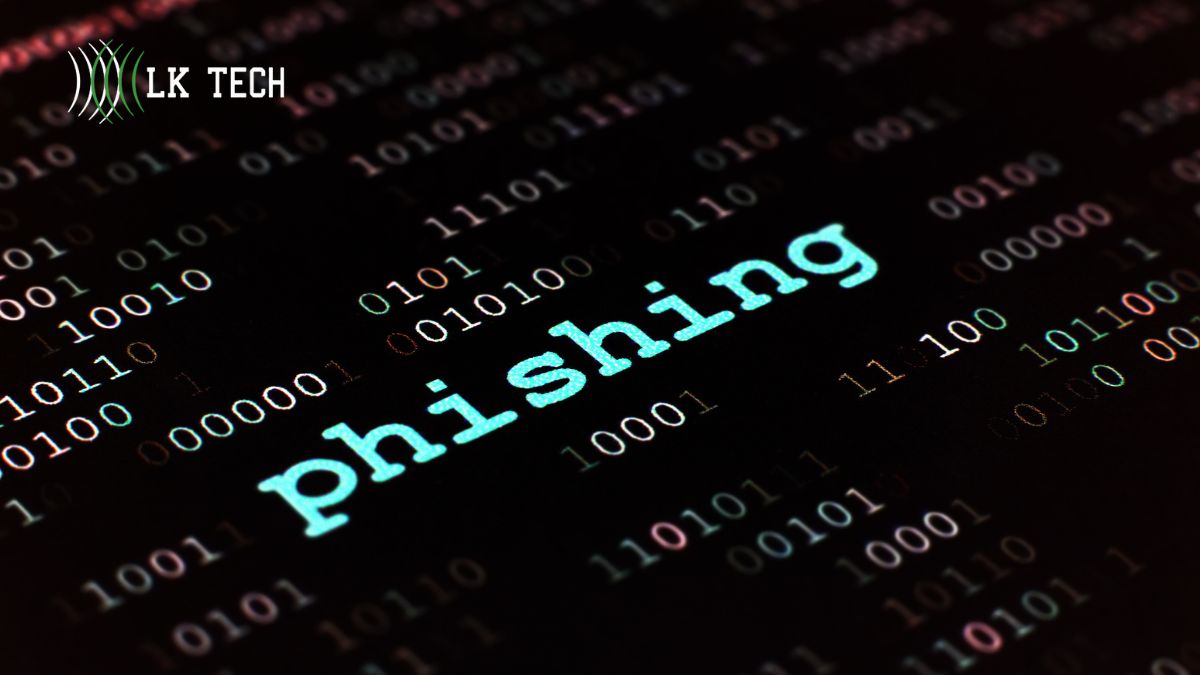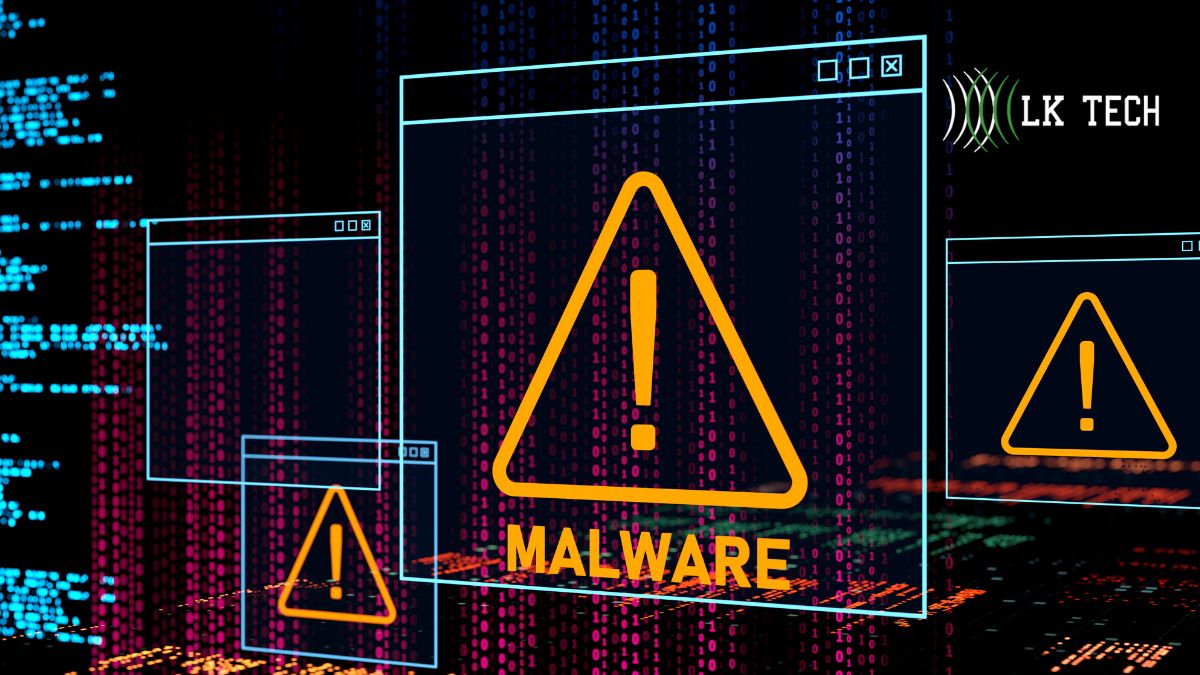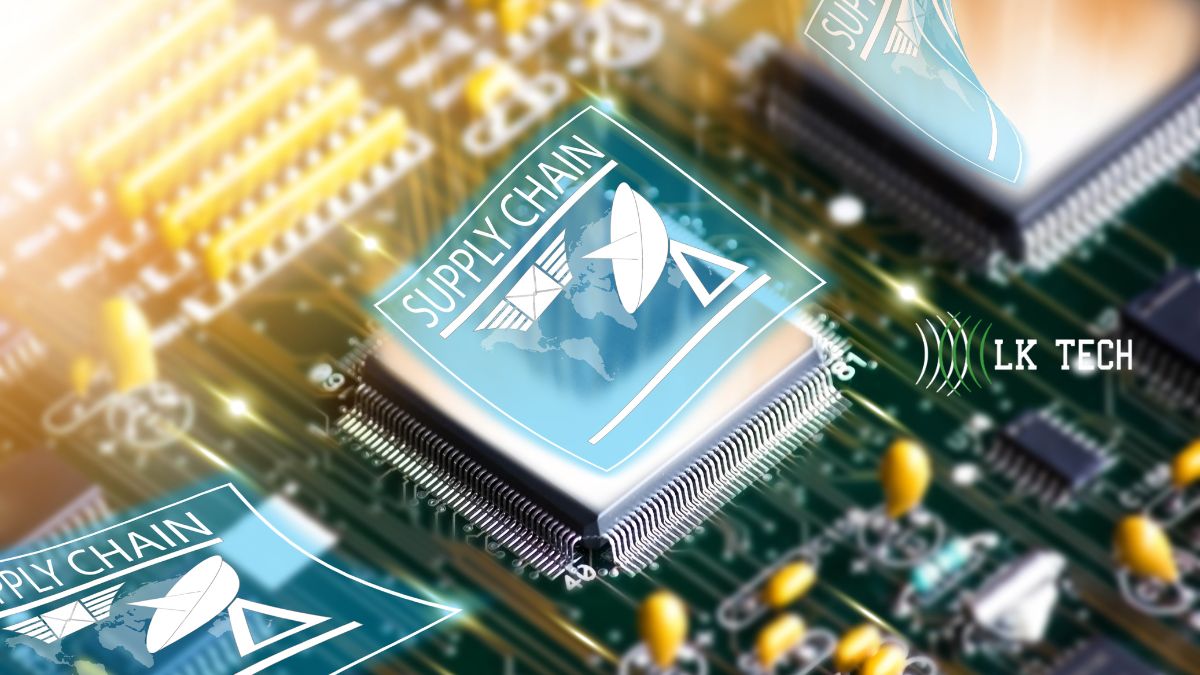Five common cyber threats include phishing, ransomware, malware, insider threats, and supply-chain attacks. Prevent them by enforcing MFA, using DNS filtering, segmenting access, backing up data offline, and verifying third-party software. Regular reviews and sandboxing reduce risk across systems and users.
Everyday tasks can feel harder when sudden security problems interrupt your flow. A suspicious email, a locked file, or a device acting strangely often leaves people unsure of what to do next. What follows looks at the most common risks you may run into and how each one can be stopped before it causes serious damage.

1. Phishing Attacks Target Inbox Trust
Email still sits at the center of most cyber threats today. Attackers know people trust what looks familiar, so they fake logos, spoof domains, and push urgency until someone clicks. That one click often opens the door to stolen logins or sensitive data. You might notice how common this is: in 2024, 68% of breaches involved human behavior, from phishing to credential misuse.
Strong cybersecurity uses both people and technology. Authentication tools like SPF, DKIM, and DMARC block obvious fakes before they reach the inbox. Extra defenses such as URL rewriting, attachment sandboxing, and protective DNS strip the danger from links and files.
Multi-Factor Authentication On Every Account
Adding MFA is one of the simplest steps in threat prevention:
- Second factor stops stolen passwords
- Stronger options like passkeys or security keys
- Best for email, VPNs, admin tools, remote access
2. Ransomware Locks Data And Stops Operations
You know how losing access to files can grind work to a halt? That’s exactly what makes ransomware so disruptive. Attackers encrypt data, sometimes steal it too, and then demand payment.
The FBI’s 2024 IC3 report logged $16.6 billion in cybercrime losses, with ransomware complaints rising 9% in critical infrastructure. It’s a reminder that these cyber threats don’t just hit large corporations, they ripple across every sector.
Strong cybersecurity reduces the impact. Organizations that plan ahead limit the spread through least-privilege controls, segmented networks, and quick isolation.
Offsite Immutable Backups And Tested Restores
Backups work only if attackers can’t touch them. Protect recovery with:
- Offline, encrypted backups
- Regular restore tests
- Golden images of critical systems
- Immutable or write-once storage
Least-Privilege Access And Rapid Isolation
Containment starts with limiting access. Best practices include:
- Segmenting admin roles
- Removing standing access
- Isolating infected hosts fast
- Using out-of-band communication during triage
Quick action keeps ransomware from spreading and speeds the rebuild.

3. Malware Rides Links, Apps, And Removable Media
Malware doesn’t always need much to get inside. It can slip in through email attachments, shady websites, outdated plug-ins, or even a simple USB drive. Attackers use these openings to create a foothold that’s hard to spot at first.
The National Institute of Standards and Technology (NIST) points out that web, email, and removable media remain some of the most common vectors, which shows how often day-to-day tools are abused. That’s why defenses must cover endpoints and the routes attackers use.
Protective DNS, browser hardening, and macro controls help block threats before they land. Email filtering and sandboxing suspicious attachments add yet another hurdle, stopping bad files before users can click. Together, these steps shrink the attack surface and reduce the impact of cyber threats.
4. Insider Threats Expose Sensitive Data From Within
Sometimes the risk isn’t outside the firewall. Rather, it’s inside. Insider threats can be mistakes, policy workarounds, or intentional misuse. Data often slips out through overshared folders, copied files, or personal cloud accounts.
In fact, these cyber threats cause just as much disruption as external breaches. Practical controls like least-privilege access, short-lived admin sessions, and consistent logging reduce exposure before intent even comes into play.
Quarterly Access Reviews And Password Vaults
Regular checks prevent privilege creep as employees change roles or contractors roll off projects.
- Quarterly reviews remove unused accounts and permissions
- Aligns with NIST’s account management expectations
- Enterprise password managers support long, unique passwords
- Reduces password reuse and credential theft
Taken together, reviews and vaults keep access rights current and credential practices strong.
Device Encryption And Remote Wipe
Protecting mobile devices is essential in a modern workplace.
- Full-disk encryption blocks data theft from stolen laptops
- Remote wipe clears corporate data from lost devices
- Centralized configuration enforces consistent policies
- Coverage spans smartphones, tablets, and desktops
With these measures, cybersecurity teams can secure sensitive data even when devices leave their control.

5. Supply-Chain Attacks Extend Cyber Threats Beyond Your Network
Even when internal defenses are strong, risk can slip in through third-party software, plugins, or managed services. That’s why supply-chain attacks are among the most difficult cyber threats to contain.
A compromised vendor update or misconfigured integration can spread issues across multiple organizations in one strike. To reduce the blast radius, limit what suppliers can access, and verify the integrity of any software installed.
Secure development frameworks like NIST’s SSDF encourage signed releases, tamper checks, and transparent build practices. Pairing this with zero trust principles ensures outside vendors only reach what they need, and nothing more.
Single Sign-On, MFA, And Segmented Access
Identity controls go a long way in threat prevention.
- Single Sign-On centralizes policies and reduces password reuse
- Phishing-resistant MFA strengthens login security
- Session rules prevent unlimited access
- Segmented access ensures vendors only see necessary systems
Together, these controls cut down attack surfaces tied to third-party accounts.
Frequently Asked Questions
How can you protect yourself from cyber threats?
Protect yourself from cyber threats by enabling MFA for email and remote access, using Protective DNS and secure browsers, and patching systems against known vulnerabilities. Add endpoint protection with behavioral detection, keep offline backups, and rehearse incident response to ensure fast isolation and recovery.
What are the top cybersecurity risks?
Top cybersecurity risks include phishing, ransomware, data theft, vulnerability exploitation, insider mistakes, and supply-chain attacks. Exploited flaws now drive 14% of breaches, highlighting the need for patching. Strong identity security, device health checks, and least-privilege access reduce these threats effectively.
What are the solutions to cyber warfare?
Solutions to cyber warfare focus on resilience through zero trust, continuous monitoring, rehearsed response playbooks, and offline tested backups. Secure-by-design software with verified update integrity strengthens defenses. These practices align with U.S. government goals that raise baseline security across sectors.
Strengthen Your Business Against Cyber Risks
Phishing, ransomware, malware, insider risks, and supply-chain attacks continue to disrupt organizations of all sizes. Preparing for these threats is no longer optional. Practical defenses such as MFA, offline backups, and vendor verification make it possible to prevent small issues from turning into costly breaches.
Companies that invest in trusted cybersecurity services in Ohio gain the protection needed to keep daily operations steady. At LK Tech, we provide the expertise and tools to help you stay ahead of evolving threats. Reach out today and secure the future of your business.


